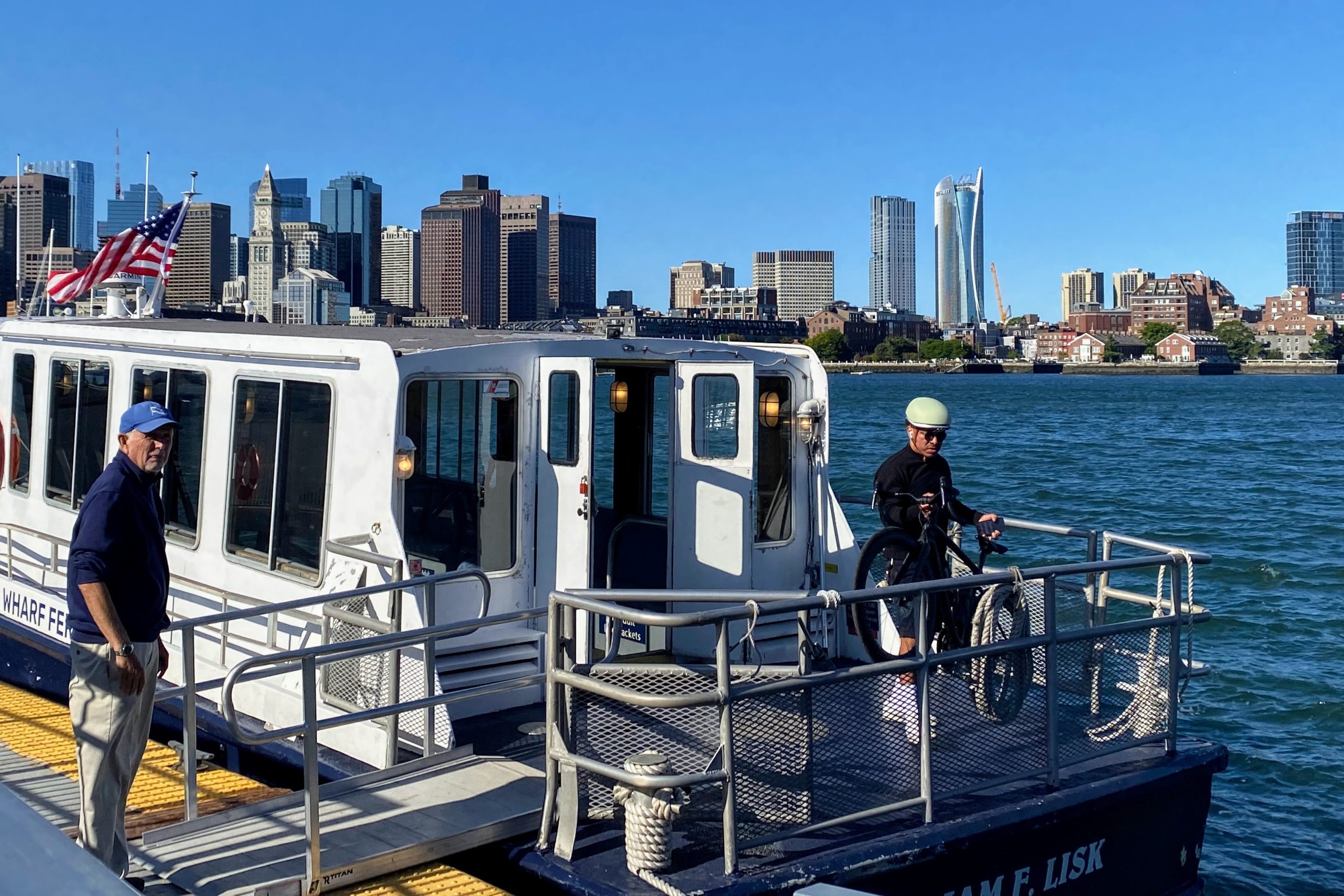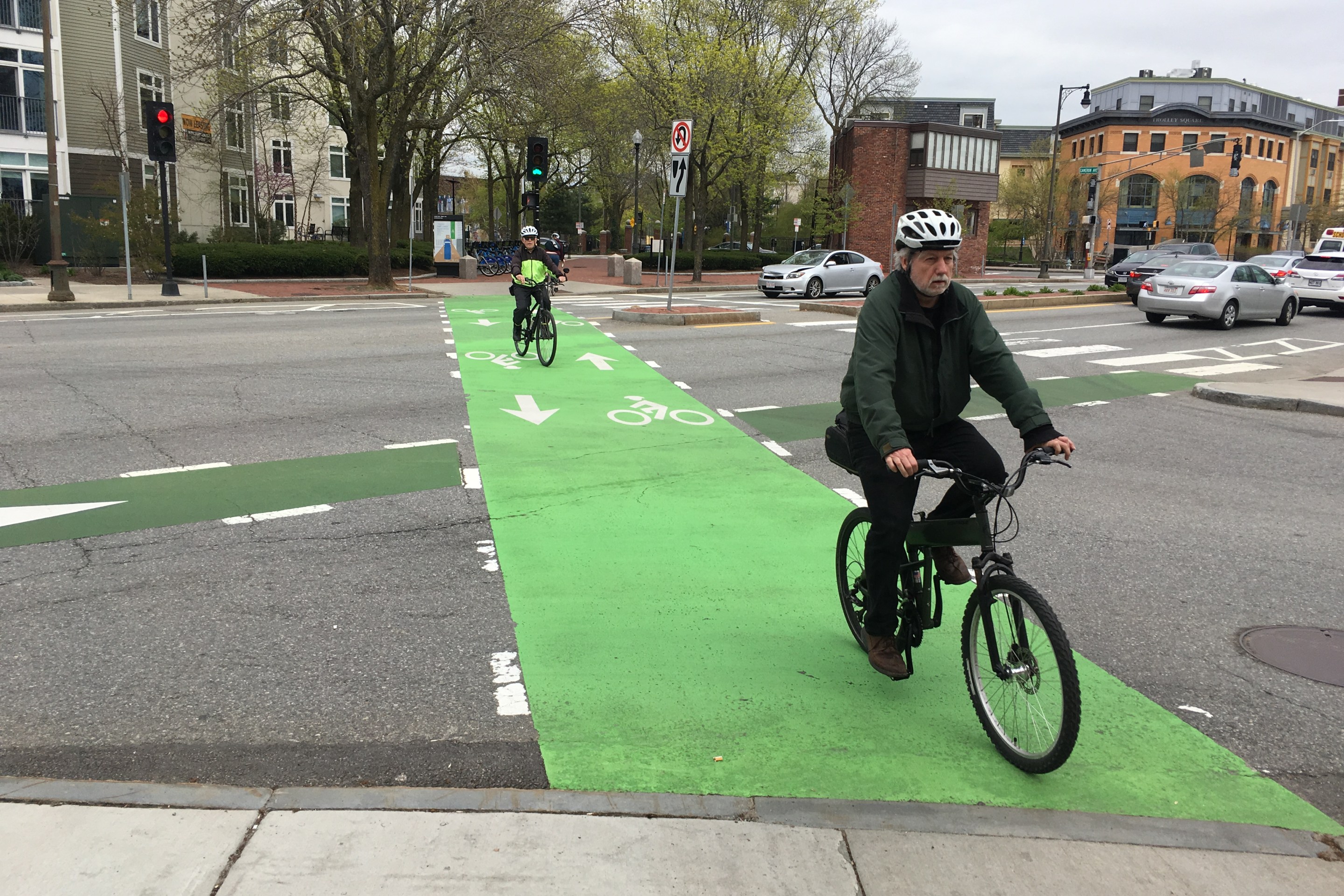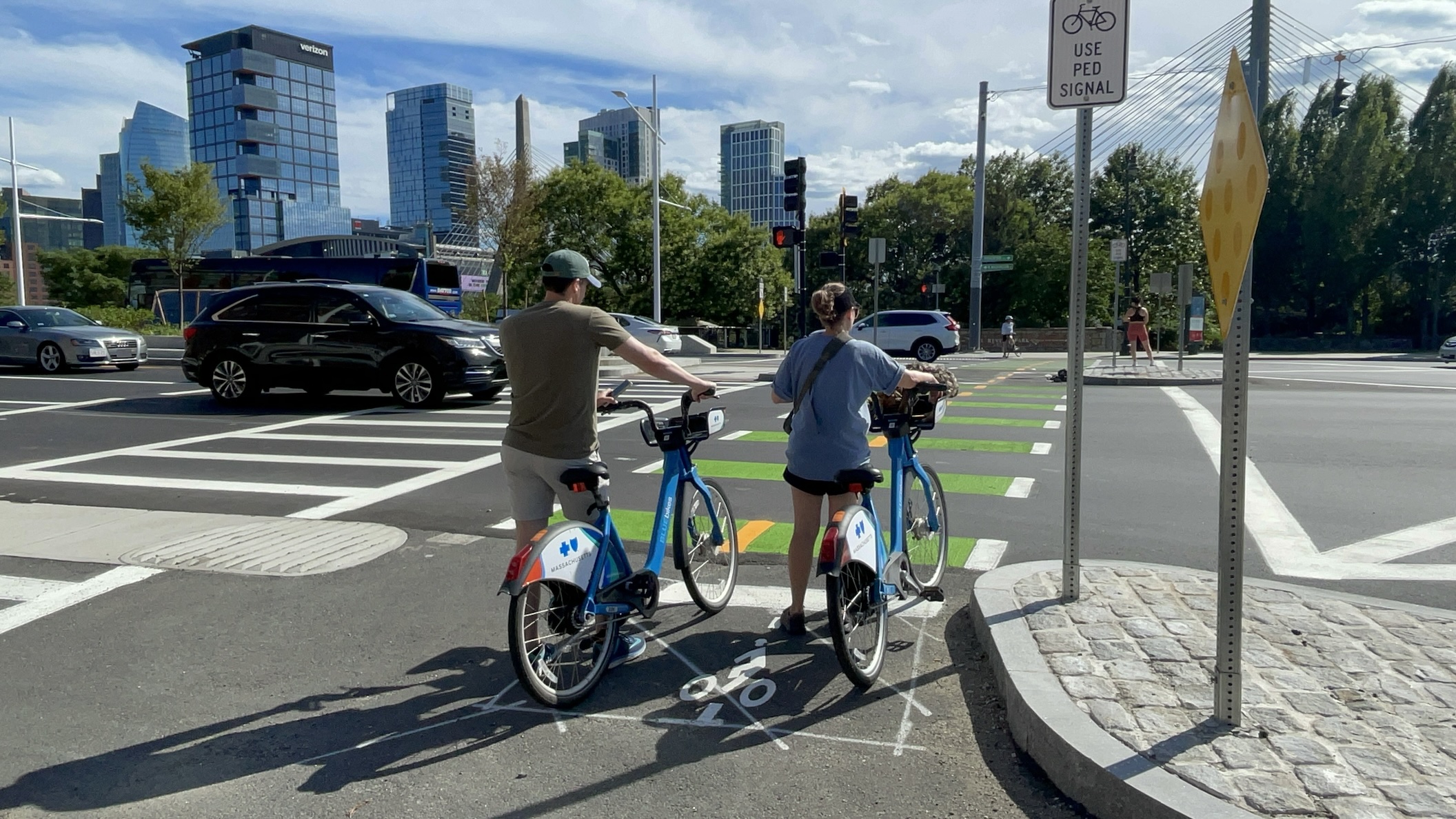As part of Part II of the three-part series from reporter Meghan Volcy on the intersection of Black history and the pursuit of equity and justice in transportation throughout the United States’ history, she spoke to Natalicia Tracy, Executive Director of Community Labor United, to learn more about her work with Public Transit Public Good and how the legacy of Black labor organizing continues to shape Boston's present-day transit justice movement.
StreetsblogMASS: Why is transportation such a vital issue for Black communities?
Natalicia Tracy: Black people have a long history of fighting for equal access to public transit – with Civil Rights Movement Rosa Parks being an iconic example of challenges to our historic exclusion.

We all need public transit, but transit has a special importance to Black communities – as riders and as workers both. Black leadership has always been a driving force in our Public Transit Public Good (PTPG) work. PTPG is part of the Green Justice Coalition, which brings together community organizations and labor unions who are part of Community Labor United to fight together for communities of color and working class people in the Greater Boston area.
StreetsblogMASS: What does the intersection of transit and justice look like in your work?
Natalicia Tracy: Public Transit Public Good has carried on the fight for equitable access, fighting for – and winning – strategic campaigns to keep transit affordable, equitable and accessible.
Our victories over more than a decade include reduced fares for youth, seniors and most recently low-income riders of any age, as well as a cap on fare increases, new investment in the MBTA, and community and worker representation on the MBTA governing Board.
We’ve also fought to protect the rights of transit workers. Union jobs in the public sector have been – and still are – an important pathway to economic stability and employment protections for Black workers. That is one of the key reasons we fight against privatization threats to MBTA – we need to preserve good wages, benefits and labor protections that are threatened by corporate profit-seeking.
During the early part of the Covid pandemic, PTPG also fought massive job cuts that would have had a disproportionate impact on Black workers. Nearly 50% of the MBTA drivers, operators, and other Carmen’s Union members are Black or African American, and even more lived in communities experiencing high rates of Covid at a time before vaccines when illness and death rates were staggering. Together, we beat back the job cuts, preserving employment and service levels.
StreetsblogMASS: How does the legacy of Black labor organizing influence your work today?
Natalicia Tracy: A good place to reflect on the Black struggle for justice – in transit and otherwise – is the statue of A. Philip Randolf in Back Bay Station, by sculptor Tina Allen.
Before he helped lead the 1963 March on Washington, Randolph led the Brotherhood of Sleeping Car Porters and Maids, a union made up largely of Black workers who were excluded from other jobs in the railroad industry, but joined together to win better wages, working conditions and respect.
In a model of community-labor collaboration that still inspires us today, churches and civic organizations joined railroad workers’ fight. That partnership led to the union winning a groundbreaking contract – and becoming the first Black-led union in the AFL.
Today, the A. Philip Randolph Institute (APRI), an organization of Black unionists from across the labor movement, carries on Randolph’s legacy. In 2013, PTPG members helped found the Boston chapter of APRI, celebrating at the statue in Back Bay.
The words from Randolph at the statue’s base remain powerful and true – “Freedom is never granted; It is won. Justice is never given; it is exacted.”
Natalicia Tracy is the Executive Director of Community Labor United, which convenes the Green Justice Coalition and Public Transit Public Good.






